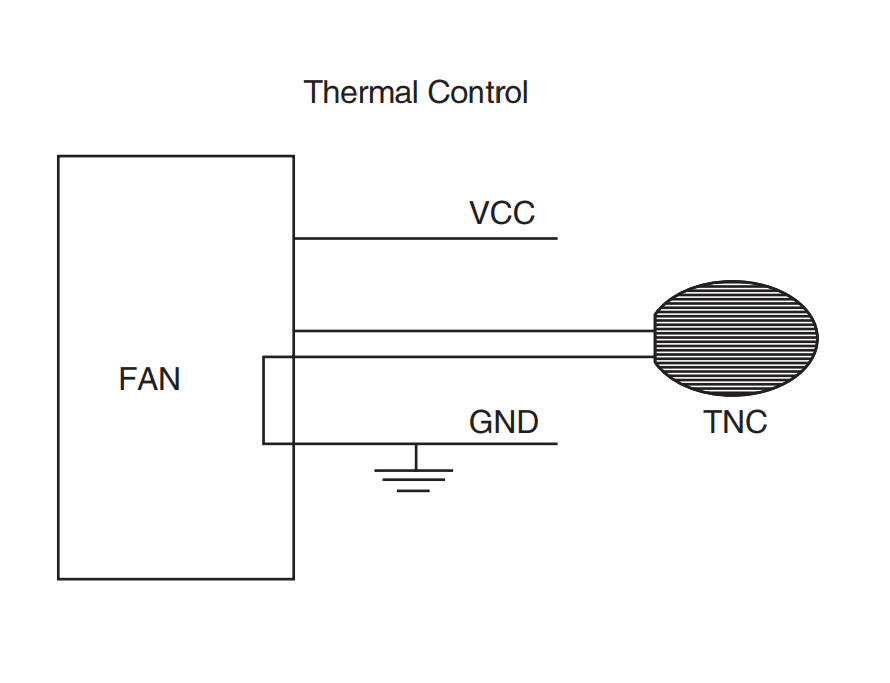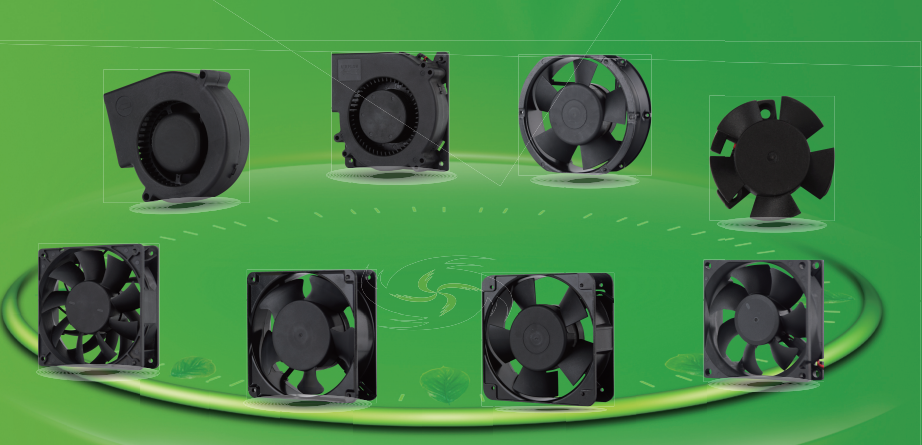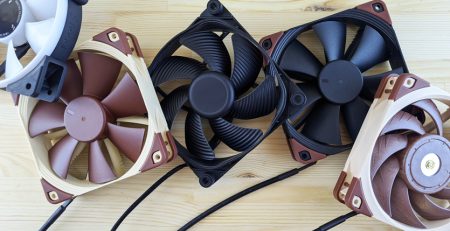Fan Function Guide
In this guide we will learn five types of Fan Functions.
#1 – Soft Start
When power on the fan, the current is zero then begins to incress until reaching the maximum speed and rated current. The operating maximum current is equal to the freely runing current (or in rare cases, rotor is stalled and then restart), the ran will reach the rated speed within 5-10 seconds.
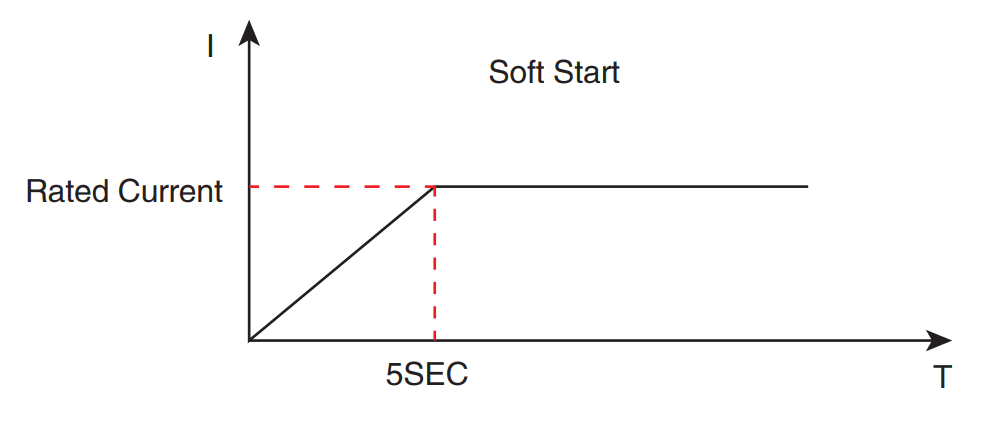
#2 – Auto Start
Auto-start function will guarantee that the fan auto-restart prevents from the blades being stalled.When rotor is stalled.The fan current will low to zero and then fan will rester after fine seconds.
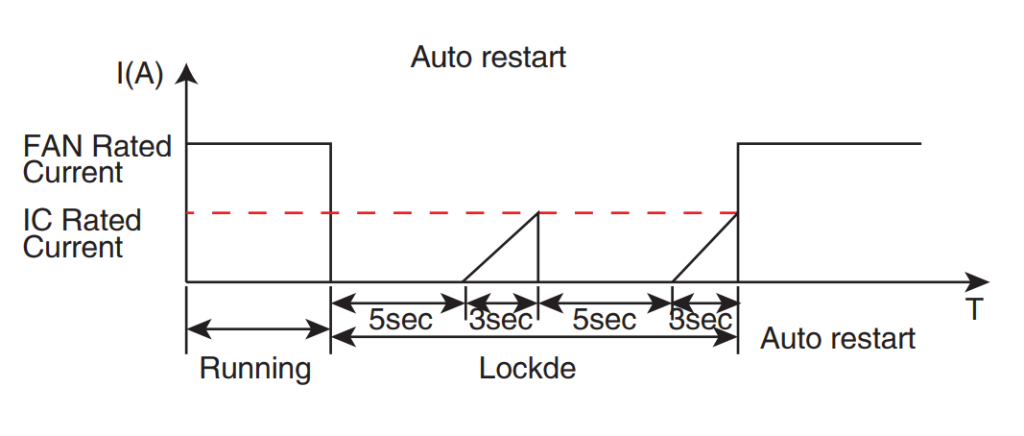
#3 – FG (Tachometer Signal)
The oper collector will provide a square signal to drive the speed when it is connected a “pull-up” resistor and is powered by a voltage which is compatible with the input of the reading device. The maxmum collector coltage is up to 70VDC and the maxmum collector current is 10mA. The power supply must have the same ground potential sa the fan.
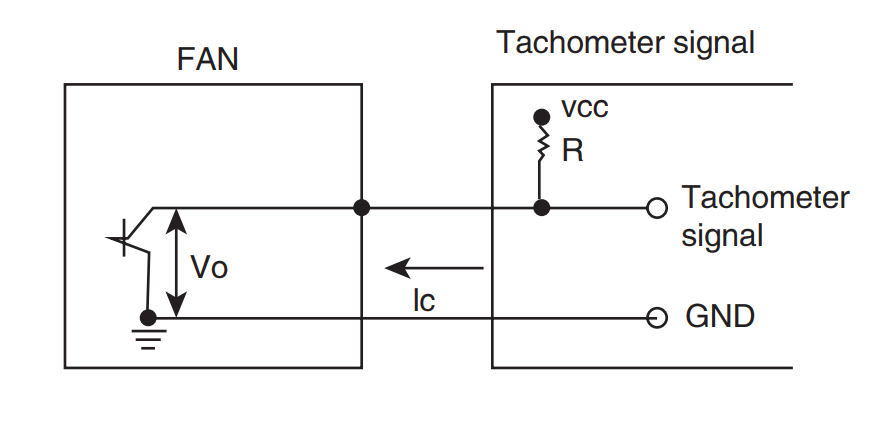
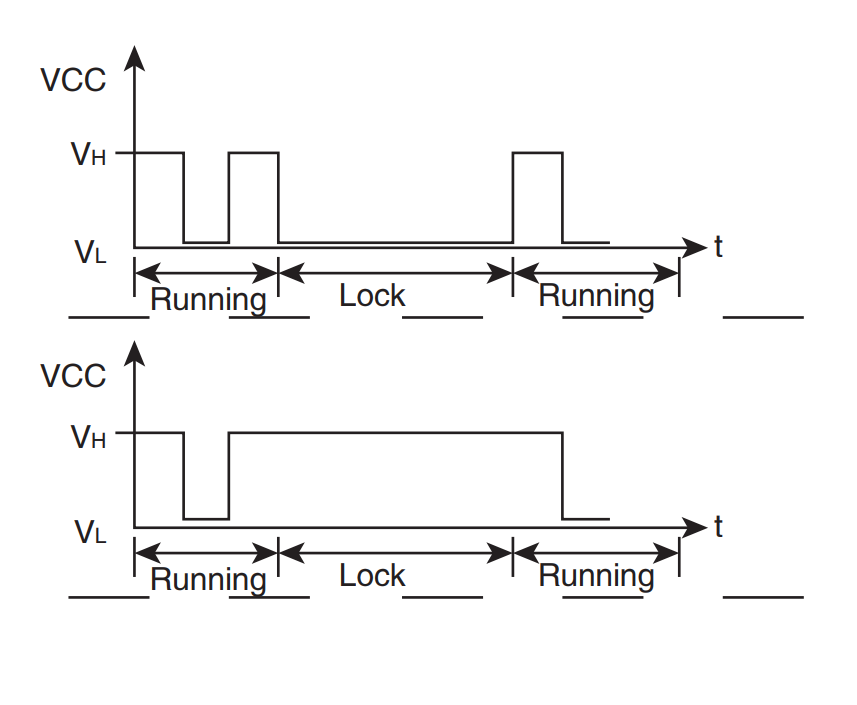
#4 – RD (Locked Rotor Signal)
This is an open collector function with the same hardware as the FG function. The output signal is Low electric level when fan rotates,and when fan stalls, output signal is high electric level.
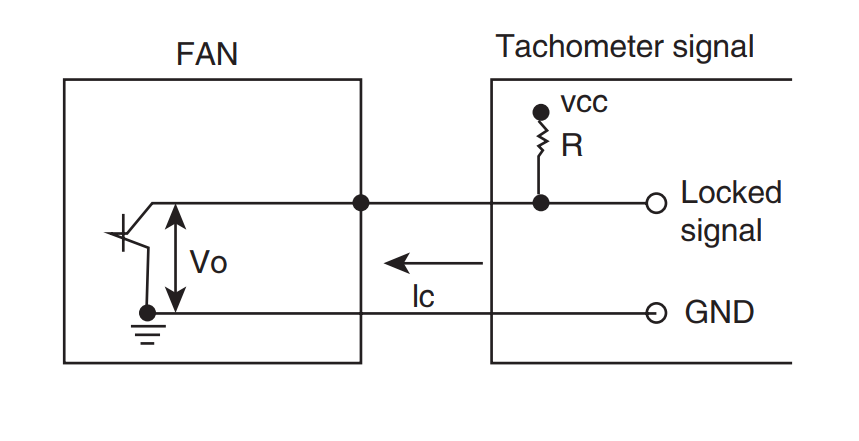

#5 – PWM (Pulse Width Modulation)
PWM function can use frequency and high-low electric level to control the fan speed.frequency can be adjusted from 18KHz to 30KHz,High electric level is from 3V to 10V and Low electric level is ≤0.8V.the control of fan speed can be done bu linearly adjusting “duty cycle” to reach maximum speed, CS(constan speed), SS(soft atatr function) and CL(current limit) are included.
PWM function graph is as below:
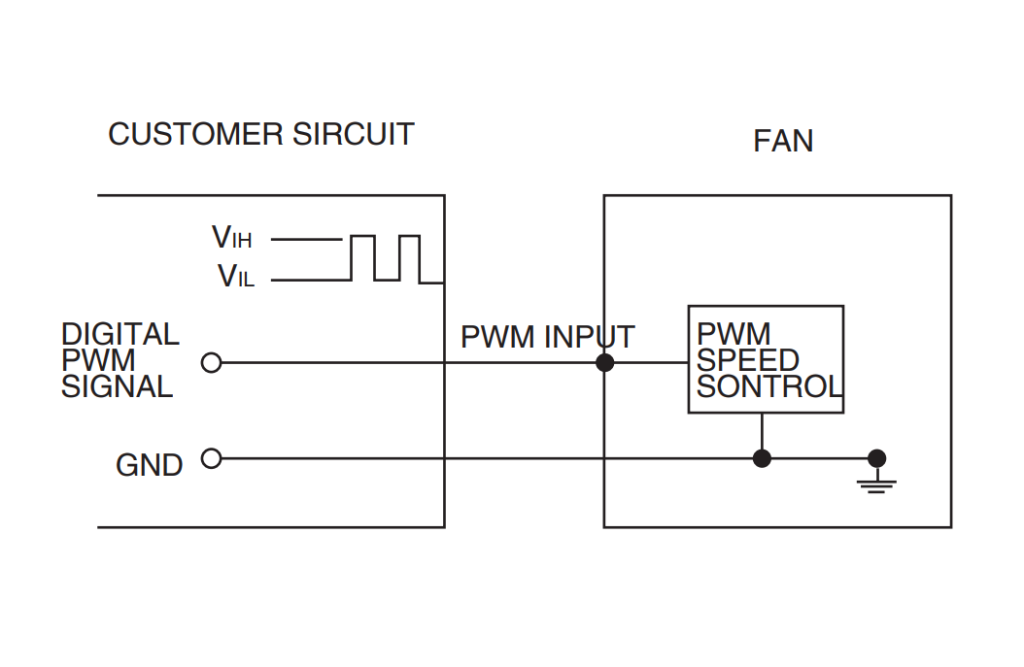
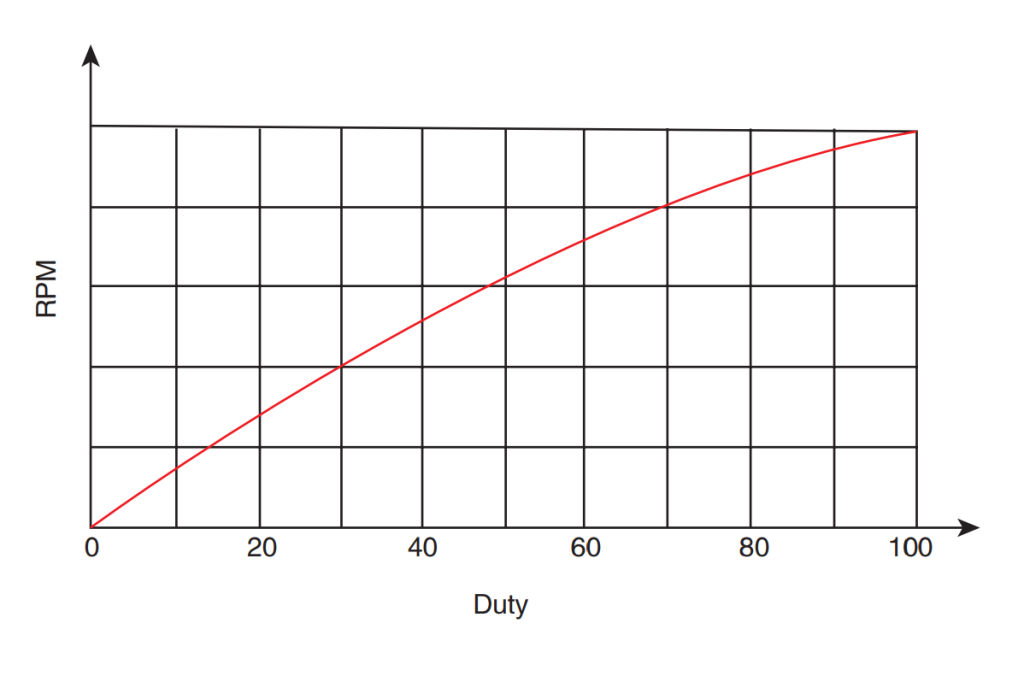
#6 – Thermal Control
When this function is applied the fan speed si controll by the temoerature, different temperature corresponds diffreent speed , CS (constan speed), SS(soft atatr function) and CL(current limit) are included. The principle is to utilize a thermal resistor to perform this function, the graph of common controlling way is as below:
